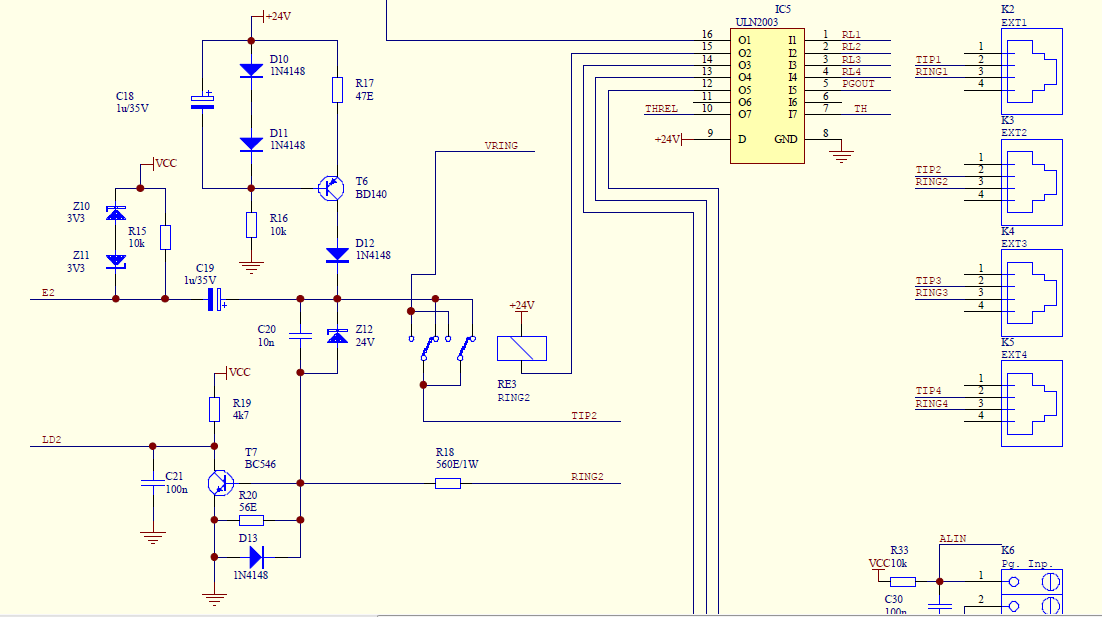
Cars Basic Heavy Duty Electrical System
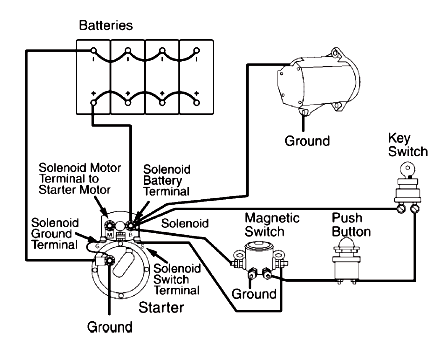
A circuit schematic for a basic heavy-duty electrical system that connects components such as the battery, starting motor, alternator, magnetic switch, ignition switch, and associated wiring.
The heavy-duty electrical system circuit schematic is designed to provide reliable power management for automotive or industrial applications. The primary components include a battery, which serves as the main power source, supplying voltage to the system. The starting motor is responsible for initiating the engine's operation, drawing current from the battery when engaged.
The alternator plays a crucial role in recharging the battery while the engine is running, converting mechanical energy into electrical energy and maintaining the system's voltage. The magnetic switch, often referred to as a solenoid, acts as a relay that controls the flow of current to the starting motor, allowing for safe and efficient engine start-up. The ignition switch is utilized to control the power supply to the entire system, enabling or disabling the electrical circuit as necessary.
Wiring is an integral part of the circuit, facilitating connections between these components. Proper gauge and insulation of wires are essential to handle the current load and prevent overheating. The schematic should include clear indications of the wiring paths, connection points, and any necessary fuses or circuit breakers to protect the system from overloads.
Overall, the circuit is designed to ensure that all components function harmoniously, providing a robust solution for starting and operating heavy-duty machinery or vehicles efficiently.A circuit schemes basic heavy-duty electrical system which connecting components such battery, starting motor, alternator, magnetic switch, ignition switch, and connected wiring 🔗 External reference
The heavy-duty electrical system circuit schematic is designed to provide reliable power management for automotive or industrial applications. The primary components include a battery, which serves as the main power source, supplying voltage to the system. The starting motor is responsible for initiating the engine's operation, drawing current from the battery when engaged.
The alternator plays a crucial role in recharging the battery while the engine is running, converting mechanical energy into electrical energy and maintaining the system's voltage. The magnetic switch, often referred to as a solenoid, acts as a relay that controls the flow of current to the starting motor, allowing for safe and efficient engine start-up. The ignition switch is utilized to control the power supply to the entire system, enabling or disabling the electrical circuit as necessary.
Wiring is an integral part of the circuit, facilitating connections between these components. Proper gauge and insulation of wires are essential to handle the current load and prevent overheating. The schematic should include clear indications of the wiring paths, connection points, and any necessary fuses or circuit breakers to protect the system from overloads.
Overall, the circuit is designed to ensure that all components function harmoniously, providing a robust solution for starting and operating heavy-duty machinery or vehicles efficiently.A circuit schemes basic heavy-duty electrical system which connecting components such battery, starting motor, alternator, magnetic switch, ignition switch, and connected wiring 🔗 External reference
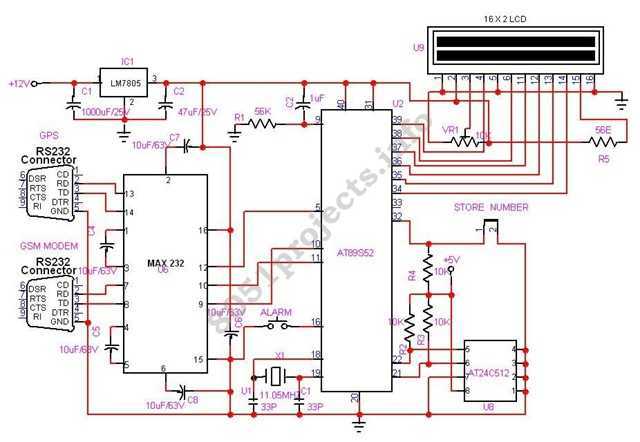
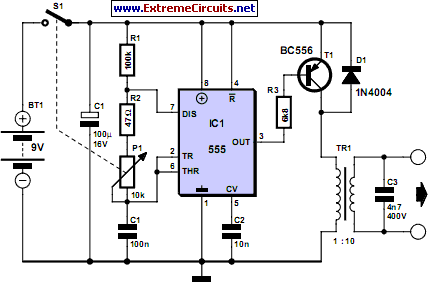

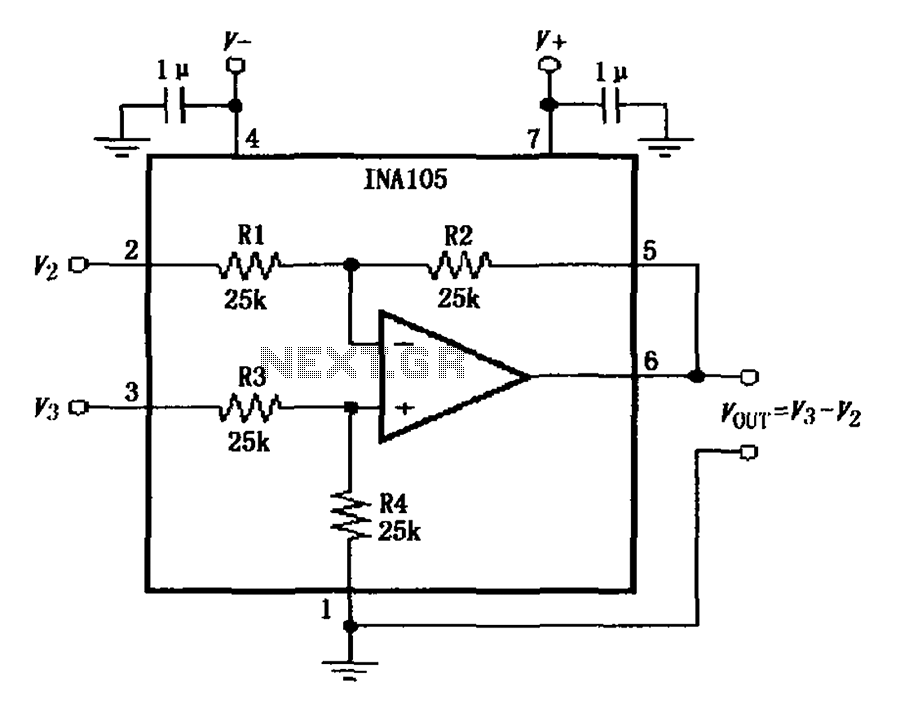
.png)
